Back in 1910 the six towns that came together to form Stoke were known collectively as The Potteries and comprise Hanley, Tunstall, Burslem, Longton, Fenton and Stoke. Although one might expect Stoke to be the actual city centre, it is usually regarded as Hanley. The Ceramic Trail is based around these towns which are located just a few miles apart.
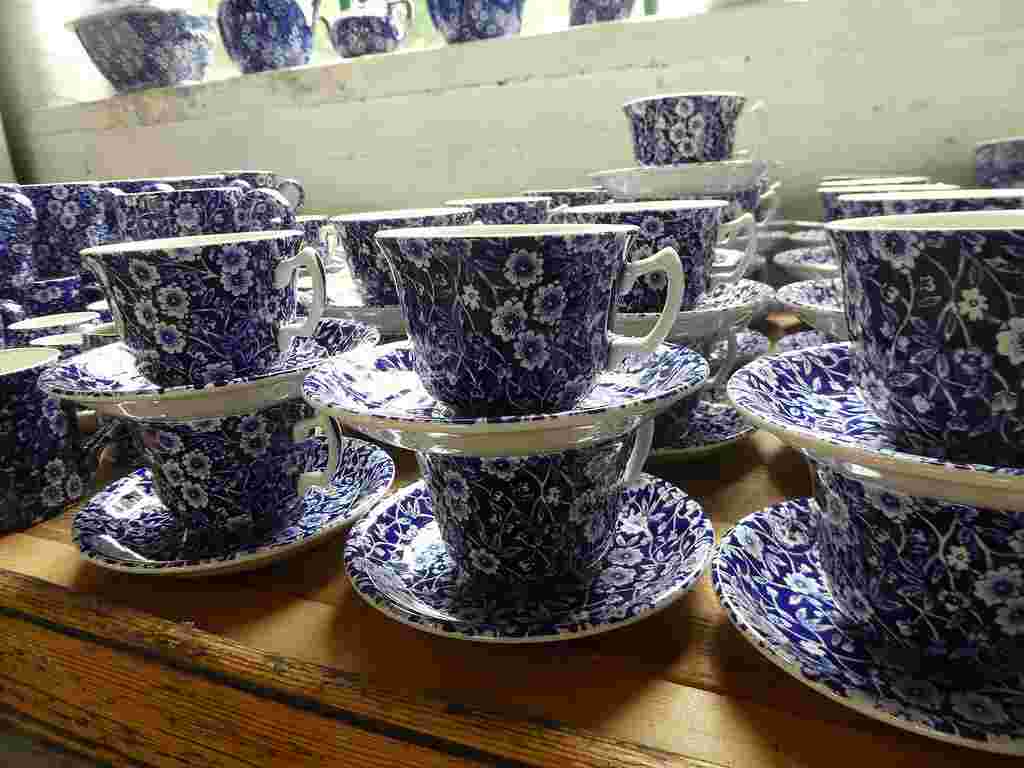
Getting there
Stoke-on-Trent is easily accessible being located midway between Manchester and Birmingham with direct rail services to London Euston taking only 90 minutes.
Ceramics Trail Attractions:
Potteries Museum & Art Gallery
Start at the Potteries Museum & Art Gallery in Hanley to learn about the history of ceramics in the city. The museum offers free entry and is open daily and incorporates the local tourist information centre where visitors can pick up a Ceramic Trail leaflet and map. Take a self guided tour of the museum beginning in the 17th century when pottery started to be produced in the area due to its abundance of coal and clay. The ceramics industry soon flourished with world famous names including Wedgwood, Spode and Royal Doulton all establishing factories in the city.
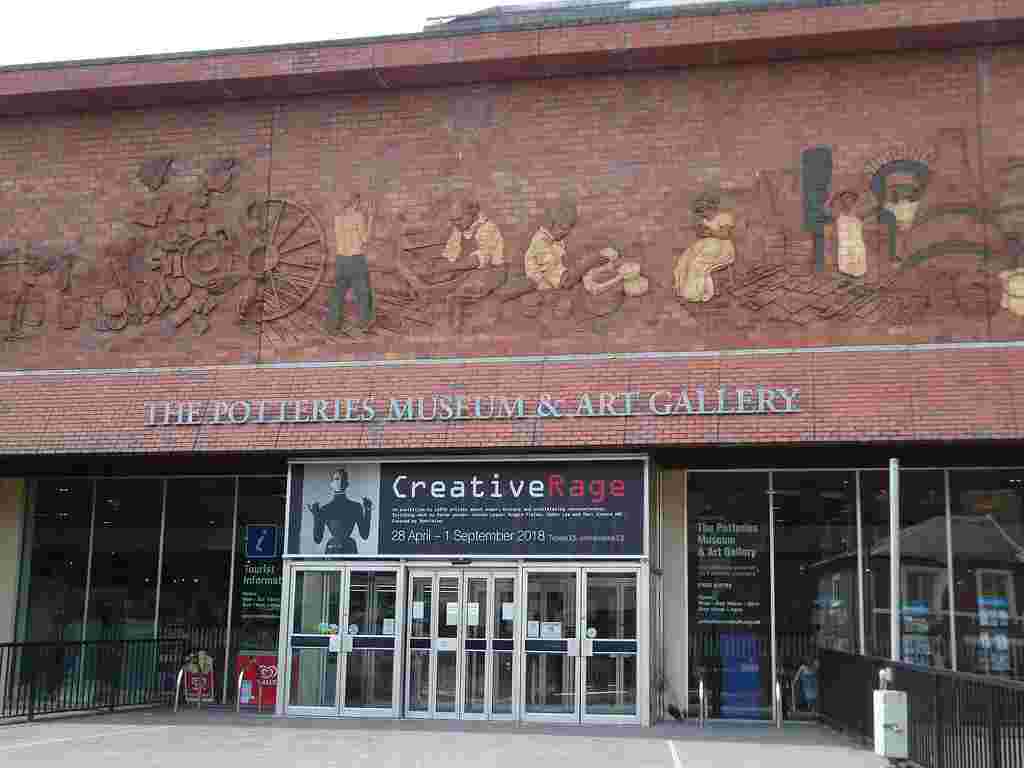
Walk through the ‘Street of Life in Stoke’ and envisage living in the past. Look in wonderment at the old chemist’s shop with its wooden drawers filled with pills and potions. View an antiquated fish and chip shop range, a cosy potter’s cottage and the interior of a village pub.
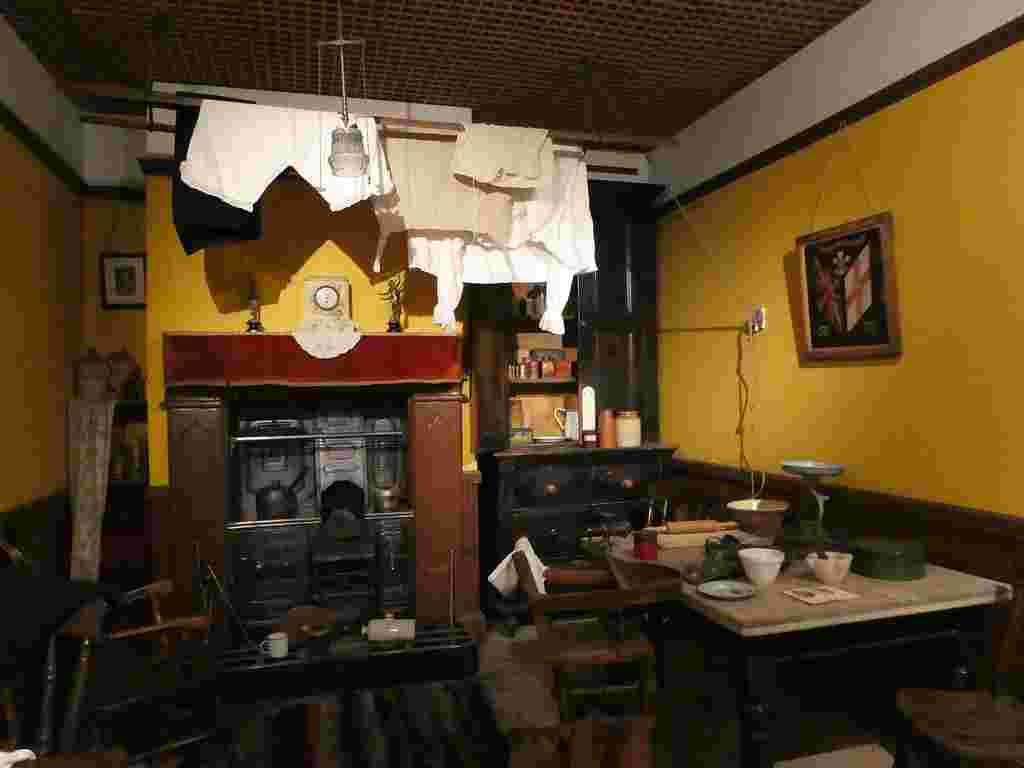
Dudson Museum
Just a ten minute walk from the Potteries Museum lies the Dudson Museum. It’s an intriguing place as it’s located inside an original bottle kiln. Step inside the brick lined bottle oven and learn about this family business. This small museum traces the company’s history from 1800 to the present day and contains a selection of pottery items manufactured over the years, photographs and other memorabilia.
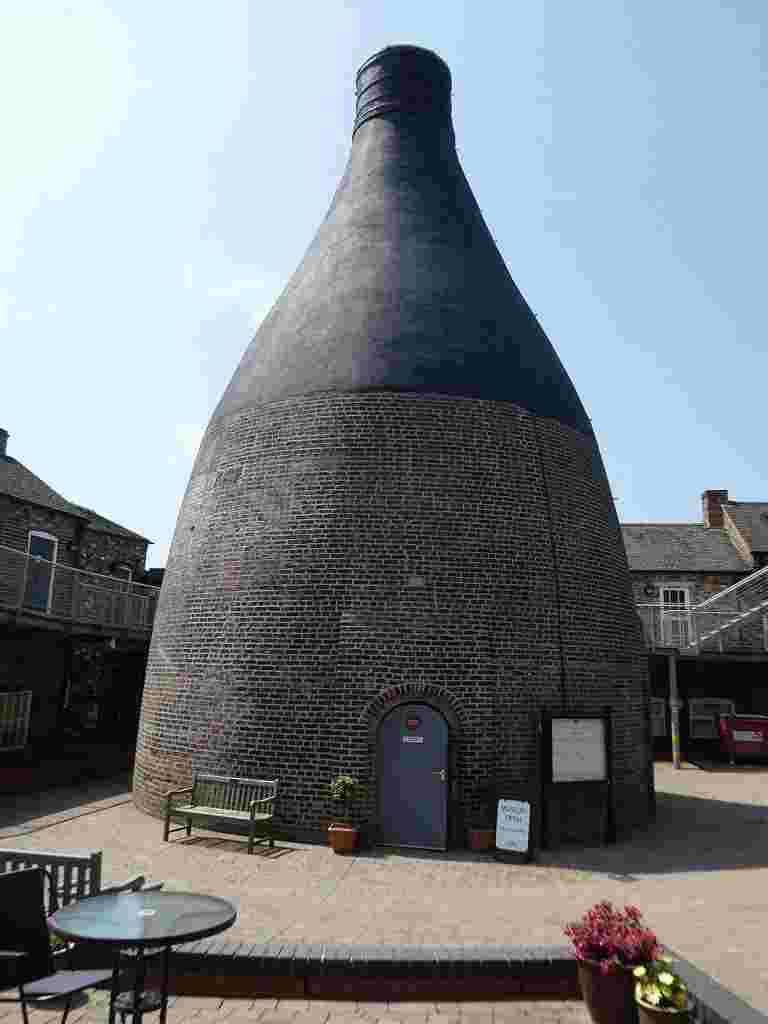
Middleport Pottery
Visit Middleport Pottery on Port Street, Burslem which was built in the 19th century. Take a one hour factory tour which includes a visit to the heritage area. The factory was at risk of closure in 2012 due to the poor state of the buildings but later that year the Prince’s Regeneration Trust stepped in to buy and restore the site with a £9m project to regenerate and revitalise it.
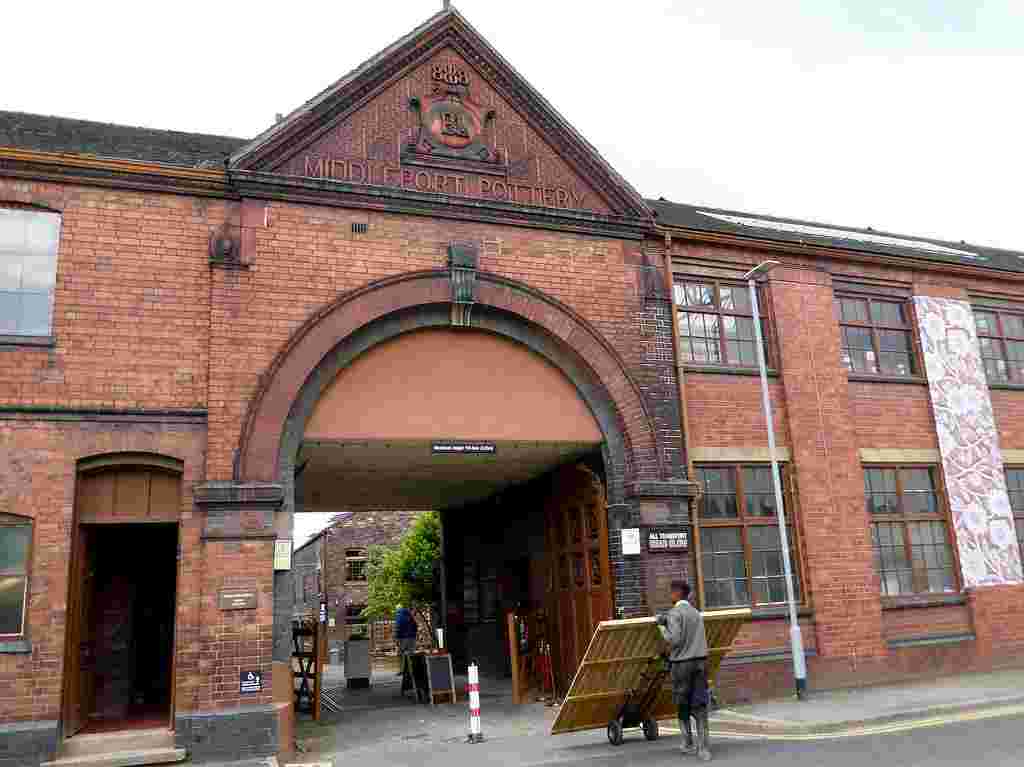
Guides at Middleport are all volunteers who are enthusiastic and informative. Tours commence at the Lodge from where visitors explore the Victorian offices laid out just as they would have been 100 years ago.
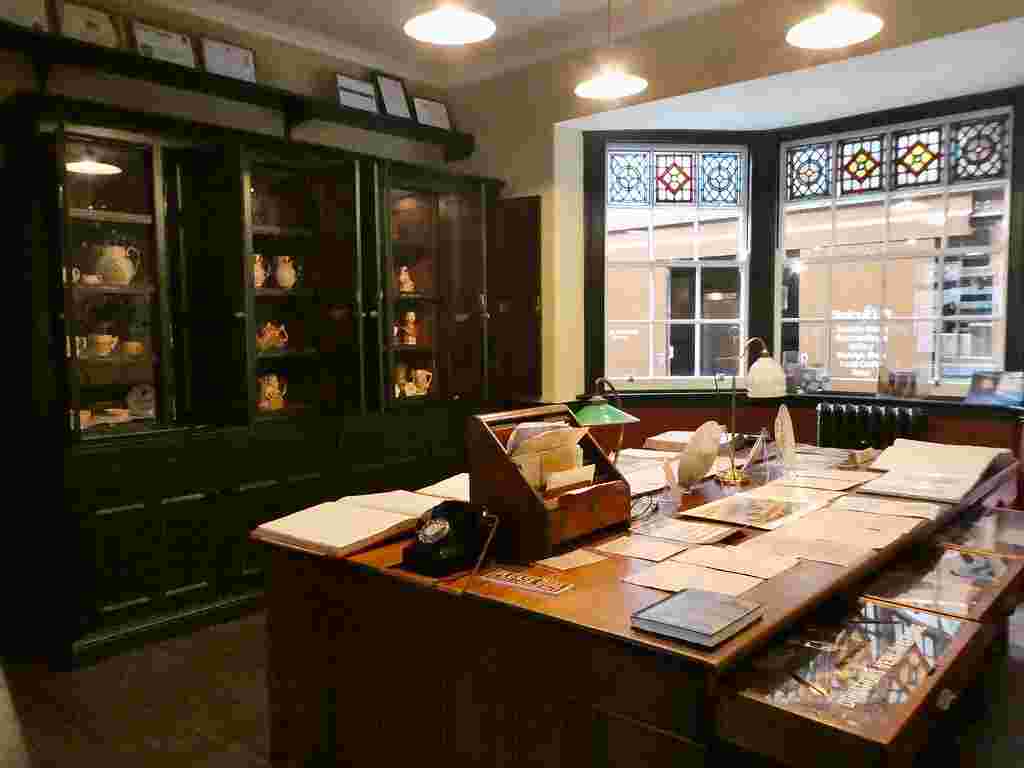
Explore each stage of production to learn how a lump of clay is transformed into a piece of pottery. Crockery at Middleport is still hand made in the traditional methods unchanged since the 1880’s with some of the factory workers having spent their entire working lives there.

Pop into the attractive canal side cafe for tea and cakes served on their famous Burleigh tableware then before leaving take a look outside at the Victorian bottle kiln, original worker’s bath house and the factory’s fully restored 1888 William Boulton steam engine.
Emma Bridgewater
The Emma Bridgewater factory is located in nearby Hanley and unlike Middleport Pottery, Emma Bridgewater is a relatively young company creating their first pieces in 1985 before moving production to its current site in 1996.
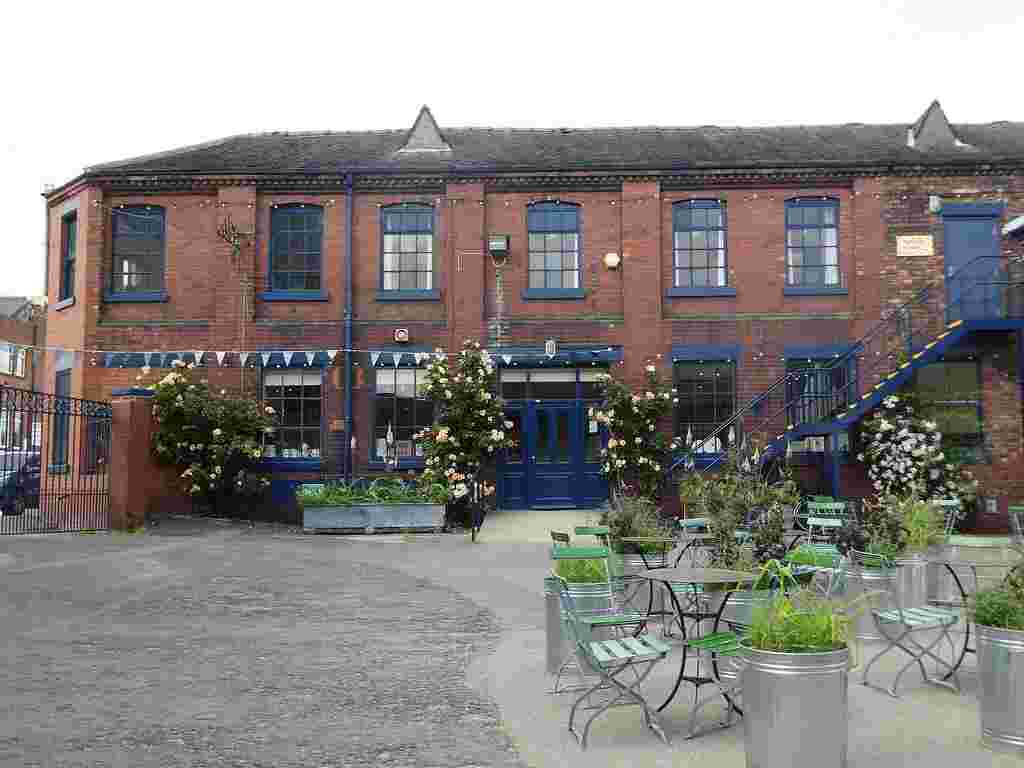
The traditional Victorian factory lies alongside the Caldon canal, employs 185 people and produces 1.3 million pieces a year. One hour factory tours are available, or just browse the attractive factory shop filled with polka dot mugs for which the company is most famous. There’s also a cosy café which even has a polka dot Aga stove and outside, a cottage garden where hens roam freely.

World of Wedgwood
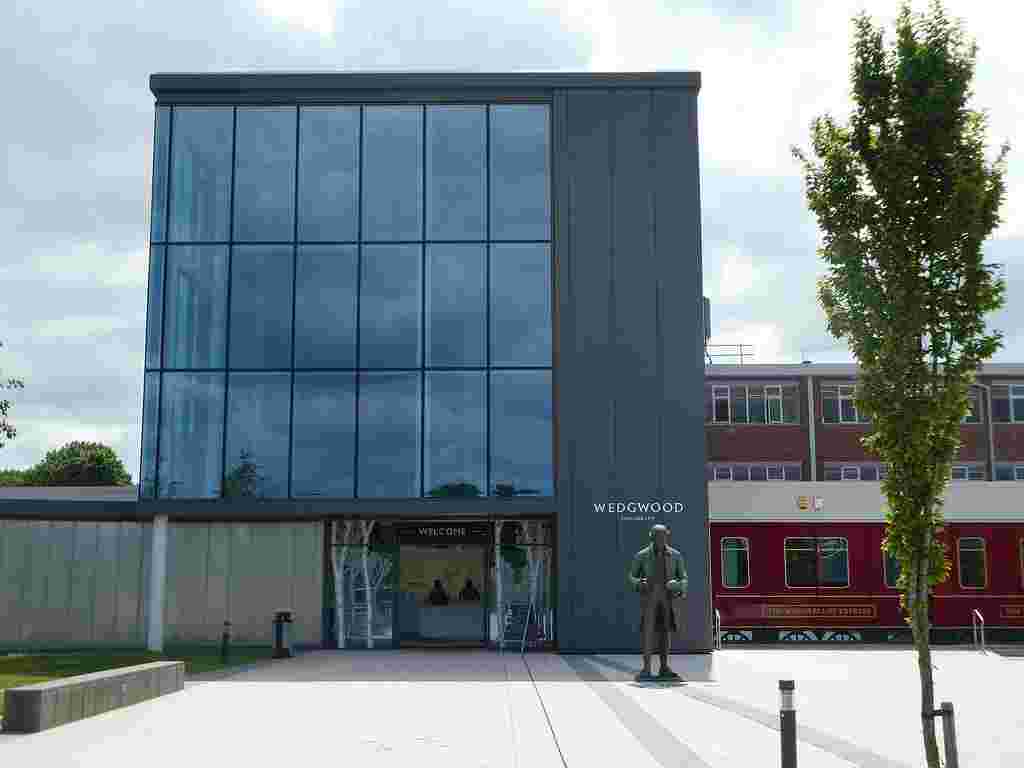
The Wedgwood estate stretches for 240 acres with ample free parking in its grounds. The modern buildings have huge willow sculptures near the entrance in the shape of crockery.
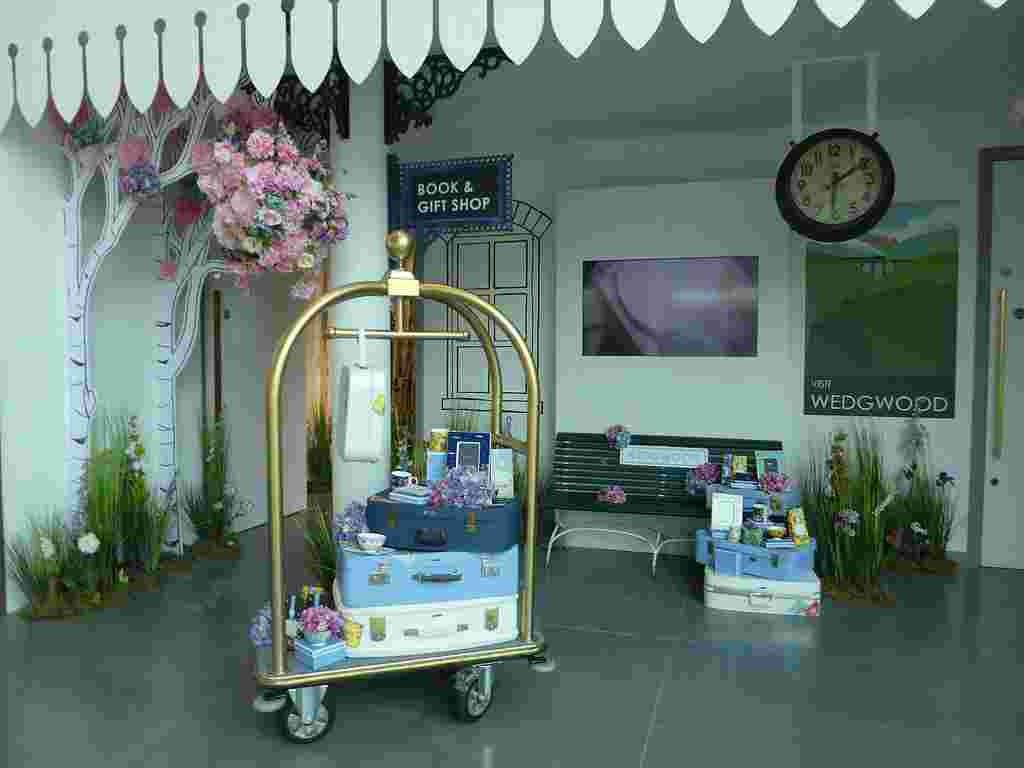
One hour tours commence in the attractive train themed lobby which is adorned with flowers and Wedgwood tableware. Observe the techniques necessary for producing high quality ceramics from viewing balconies and then go down to the factory floor to watch intricate hand painting and gold edging being applied to cups and saucers.
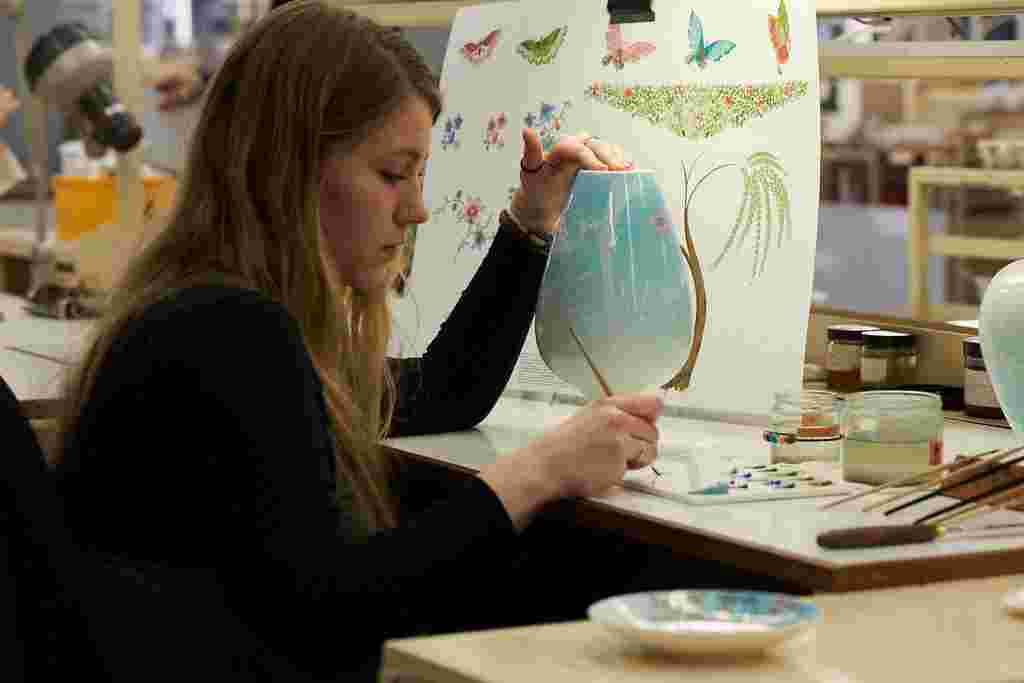
Try your hand at a potters wheel
Roll up your sleeves, pick up an apron and have a go at creating your own masterpiece. Step-by-step guidance is given to transform a lump of clay into a jug or vase. It’s great fun with the friendly potters offering one-to-one tuition and ensuring that everyone produces an object to be proud of. Pot throwing costs £15 including postage but for those visitors who live nearby and can collect the item themselves, the cost is £10 with the activity lasting approximately 20 minutes.
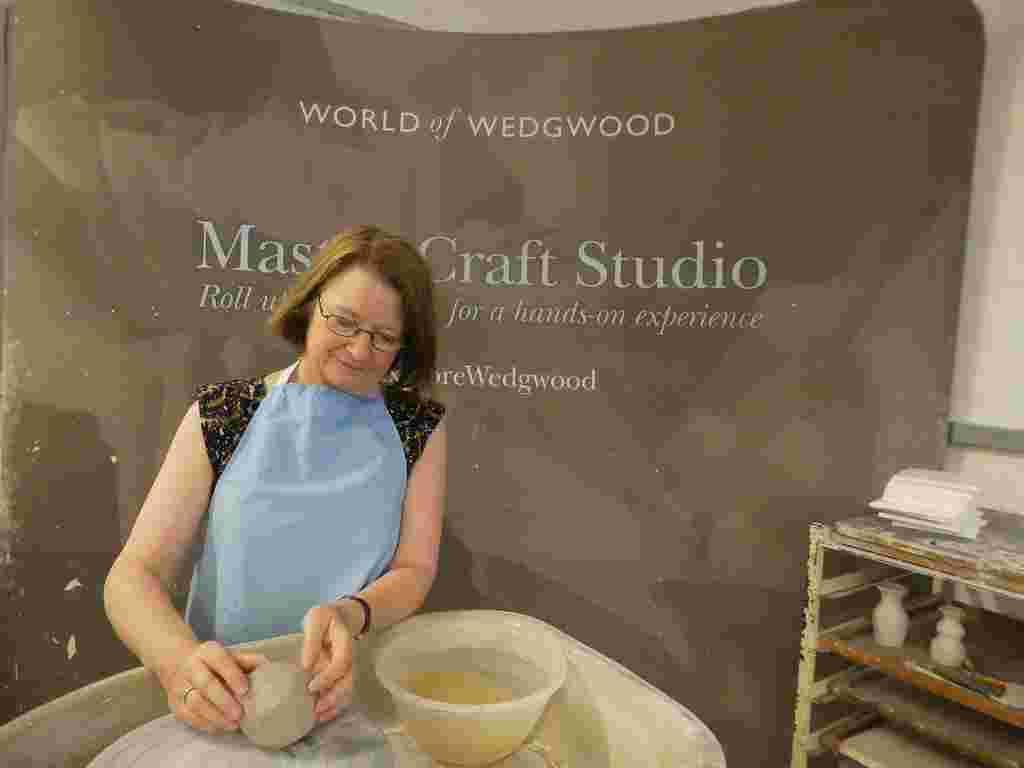
Wedgwood Tea Room
Make your way to the luxurious Wedgwood tea room to indulge in their afternoon tea served on delicate Wedgwood bone china. Three tier cake stands come filled with a delicious assortment of open sandwiches, scones, jam with clotted cream, fruit jellies, meringues and cakes. Taking afternoon tea at the World of Wedgwood is a luxuriously self indulgent experience not to be missed.
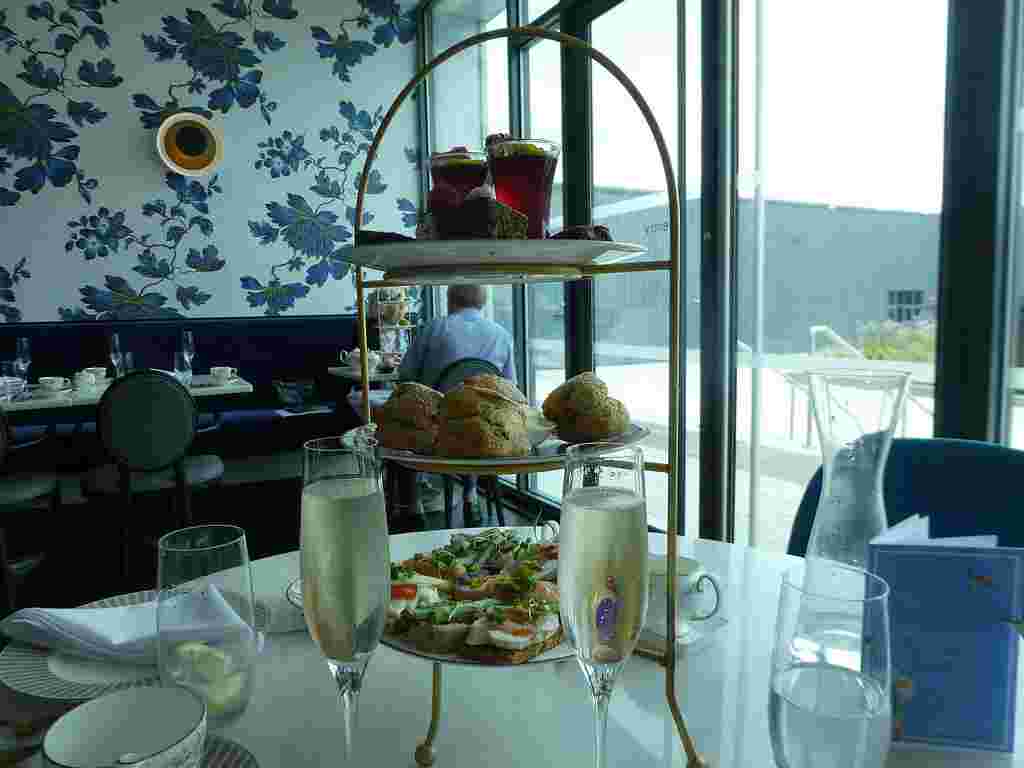
The Wedgwood Collection
The Wedgwood collection of 80,000 works of art, ceramics, letters and photographs is now owned by the V & A. but continues to be on display at the World of Wedgwood. The tour starts with a chronological history of the company focusing on Josiah Wedgwood and his family who founded the business.
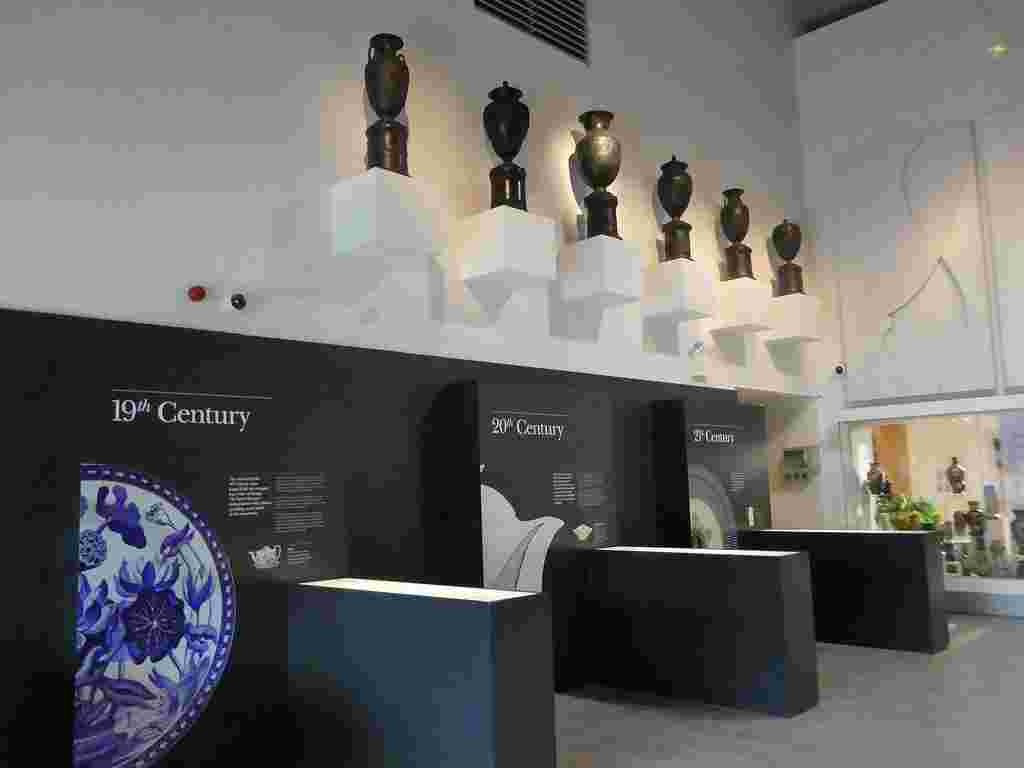
The museum contains many exquisite items, hand painted figurines and examples of the iconic blue and white Jasper ware for which Wedgwood is famous. Visitors can either take a 45 minute tour or just wander around at their own pace.
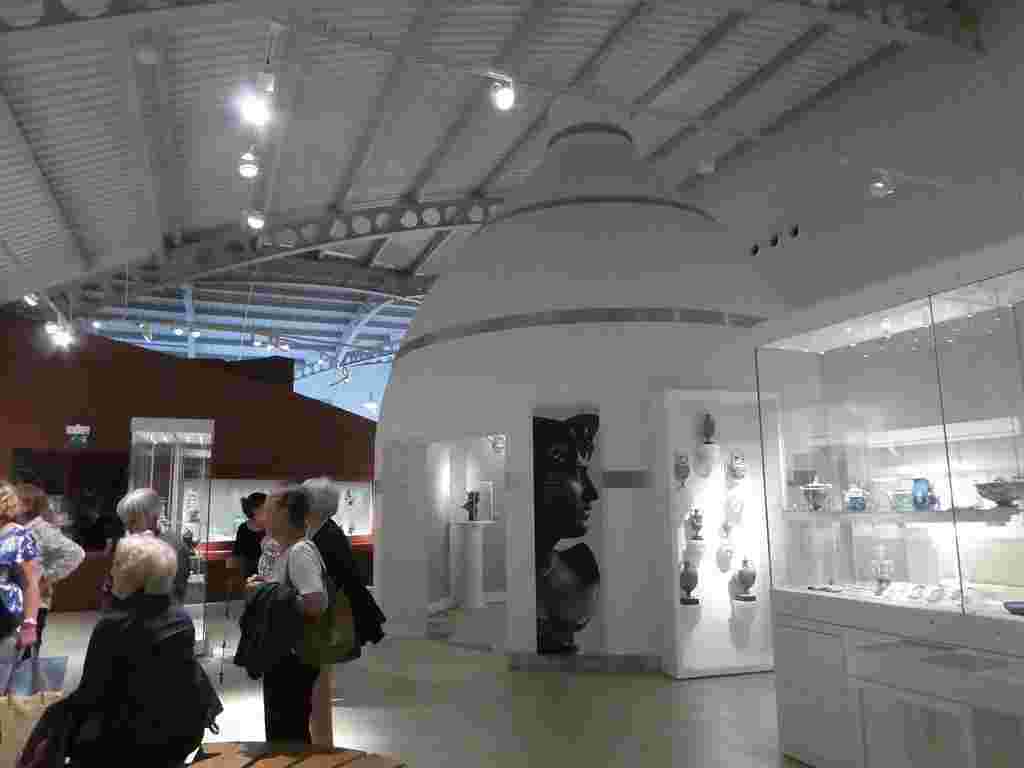
Wedgwood Store & Factory Outlet
Before leaving, take a look in the Wedgwood flagship store and factory outlet shop to view products on display and perhaps pick up a bargain or two. Next to these stores is the spacious Dining Hall with an outdoor terrace, an informal alternative to the tearoom. World of Wedgwood
If you have enjoyed reading this post you may also like:
The Potteries, Trentham Monkey Forest & Gardens
Nottingham – a perfect weekend break
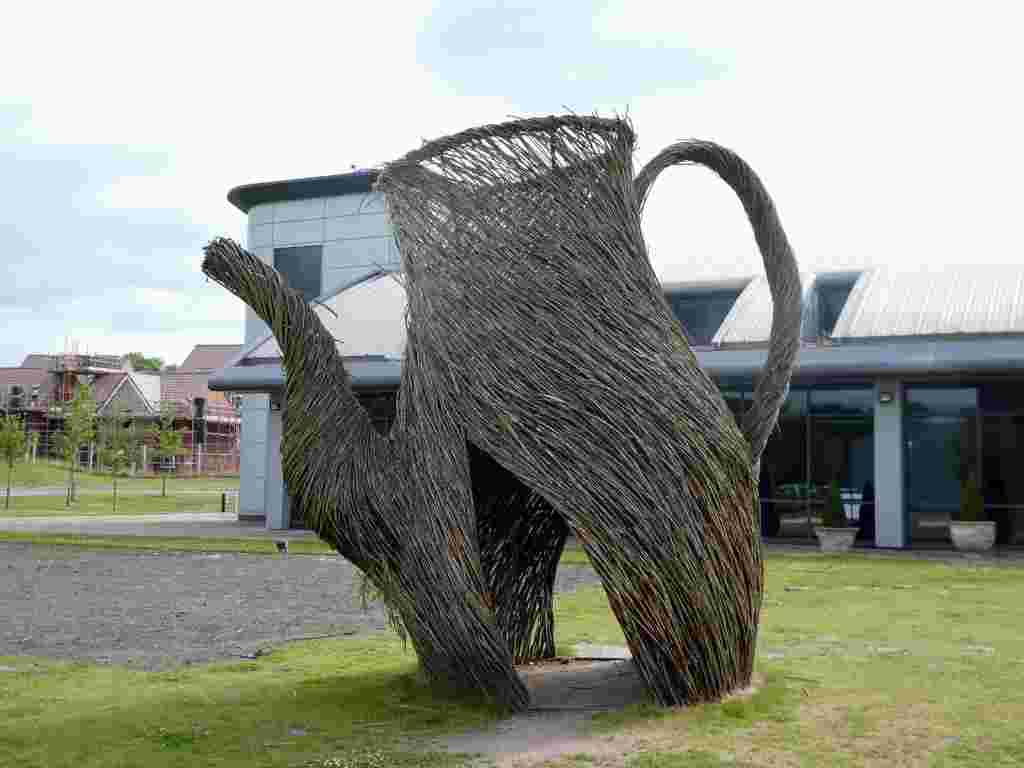

Leave a comment